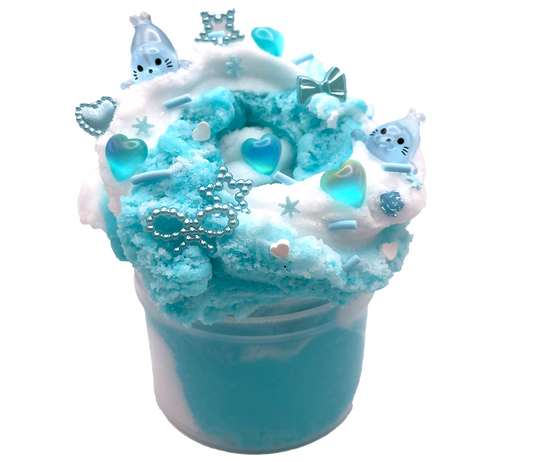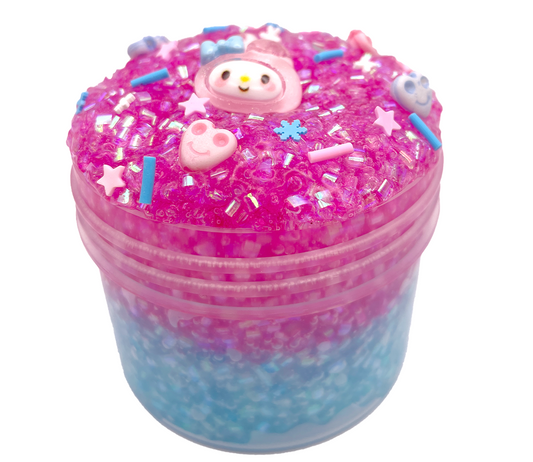Slime has taken the toy world by storm in recent years, with kids and adults alike becoming enamored with the squishy, stretchy, and satisfyingly tactile substance. But where did this oozy, gooey material come from, and how did it become such a cultural phenomenon? Let's take a look at the history of slime, tracing its origins from humble beginnings to the slime shop craze of today.
The Origins of Slime
Believe it or not, slime has been around for a long time. The earliest recorded slime-like substance dates back to the early 1700s, when Swedish botanist and physician Carl Linnaeus discovered a "slimy substance" while examining moss under a microscope. Over the next few centuries, scientists continued to study slime, with various substances being discovered and classified under the broad umbrella of "slime."
But it wasn't until the mid-20th century that slime really started to catch on as a toy. In 1943, a chemical engineer named Ruth B. Ginkins invented a product called Silly Putty, which was initially intended to be a rubber substitute for use in World War II. However, it quickly became a popular plaything, thanks to its unique texture and properties.
The Rise of Slime
Silly Putty was just the beginning, however. In the 1970s, a new type of slime called Gak was invented by the toy company Mattel. Gak was made from a combination of guar gum, borax, and water, and had a stretchy, slimy texture that kids couldn't get enough of. It was so popular that Mattel even released a Gak-themed video game.
In the decades that followed, slime continued to evolve and gain popularity. In the early 2000s, a new type of slime called Flubber was invented, which had a more rubbery texture than previous versions. And with the rise of social media, slime started to spread like wildfire, as videos of people making and playing with the substance went viral on platforms like YouTube and Instagram.
The Slime Shop Craze
Today, slime has reached peak popularity, with a whole industry of slime shops and slime-related products popping up online. These shops sell all kinds of slime, from basic white glue slime to glittery, scented, and even edible varieties. Many of these shops also offer DIY slime-making kits, so that kids and adults can make their own slime at home.
The rise of slime shops has been driven in part by social media, as influencers and slime enthusiasts have helped spread the word about this trendy toy. But it's also a testament to the enduring appeal of slime itself. Whether you're a kid or an adult, there's something undeniably fun and satisfying about squishing and stretching a ball of slime in your hands.
To sum up, slime has been around for centuries, but it's only in recent years that it's become a bona fide cultural phenomenon. From the early days of Silly Putty to the slime shop craze of today, this gooey substance has captured the hearts and imaginations of people of all ages. Whether you're a die-hard slime fan or a newcomer to the trend, one thing's for sure: slime isn't going away anytime soon.




